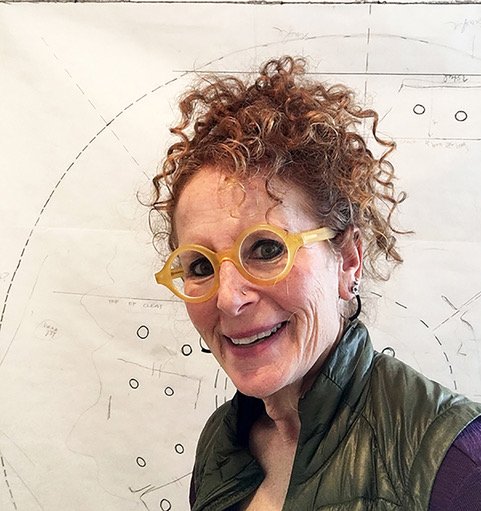This presentation is a deliberation on the work and practices of 6 contemporary artists practicing in India – Kushala Vora, Priyanka D’Souza, Parag Tandel, Nandini Chandavarkar, Birender Kumar Yadav and Elodie Alexandre. Neha Kudchadkar’s perspective as an artist frames her reception and interpretation of their work. Far from being a systematic charting/ survey of clay practices across India - historical, hereditary or contemporary – this is the presenter’s personal reflection on meaning making through ceramics practices and a consideration of their practices in relation to her own. Not all these artists are primarily ceramicists. But each project highlighted demonstrates a rich, thoughtful, deliberate engagement with the material. This deliberate engagement is the focus of this paper – exploring how these artists use and manipulate their material and what clay can do through their voice.
Fossilised in the layers of clay of Kushala Vora’s work are traces of establishment and authority, traces of confrontation and rebellion; as she challenges the many forms of power and preconditioning one lives with in the post-colonial world.
In her work The Crow Shat Over the Monument Priyanka D’Souza paints with terracotta, imitating the sandstone of Akbar’s elusive Ibadat Khana. In her use of material and in her distortion of history, she implicates herself as an unreliable narrator.
Parag Tandel’s Into the Bones is an exchange of material culture between the coasts of Mumbai and the landlocked forests of Chhattisgarh. Parag takes from and breaks away from both traditions simultaneously as he builds his work to be archival and archeological sites and understands process as product.
Nandini Chandavarkar’s fractured clay objects, are printed with distorted images of the mis-judged female figure – from Durer’s ‘perfect’ Eve and Mandakini under the waterfall, to the artist posing as Venus herself – Nandini uses clay and glaze ‘faults’ to talk about patriarchal and colonial gaze.
In Birender Kumar Yadav’s work clay is the medium of expression and also a crucial player in his subjects’ lives. His work immortalises everyday objects used by brick-kiln workers while talking about the transformation of their own bodies and identities – lost fingerprints and footprints, broken and deformed bones.
Elodie Alexandre creates new mythologies and rituals as she makes votive offerings to Olop, her skin goddess. Her work makes reference to indigenous roadside shrines while also being an extremely personal conversation with and record of her own body.
In the presenter’s own work she asks for clay to be a medium of research and performance, pushing for the re-imagination of its material qualities and its possibilities. All the artists in this presentation have expanded the material and conceptual framework of ceramics, making challenging and thought provoking work in clay. In the context of these artists and their genre disrupting practices, Neha reconsiders what it means to have a ceramics practice.
Fire-eater (Auto Ethnography Through Objects), 2023. Film Still, Neha Kudchadkar
The singing Hearts, 2023. Ceramic Votive Offering, Élodie Alexandre
Konkani Beauty - Durer’s Eve, 2023. Porcelain, Nandini Chandavarkar
The Crow Shat on the Monument - The Orientalist and the Historian, 2019. Priyanka D’Souza





















